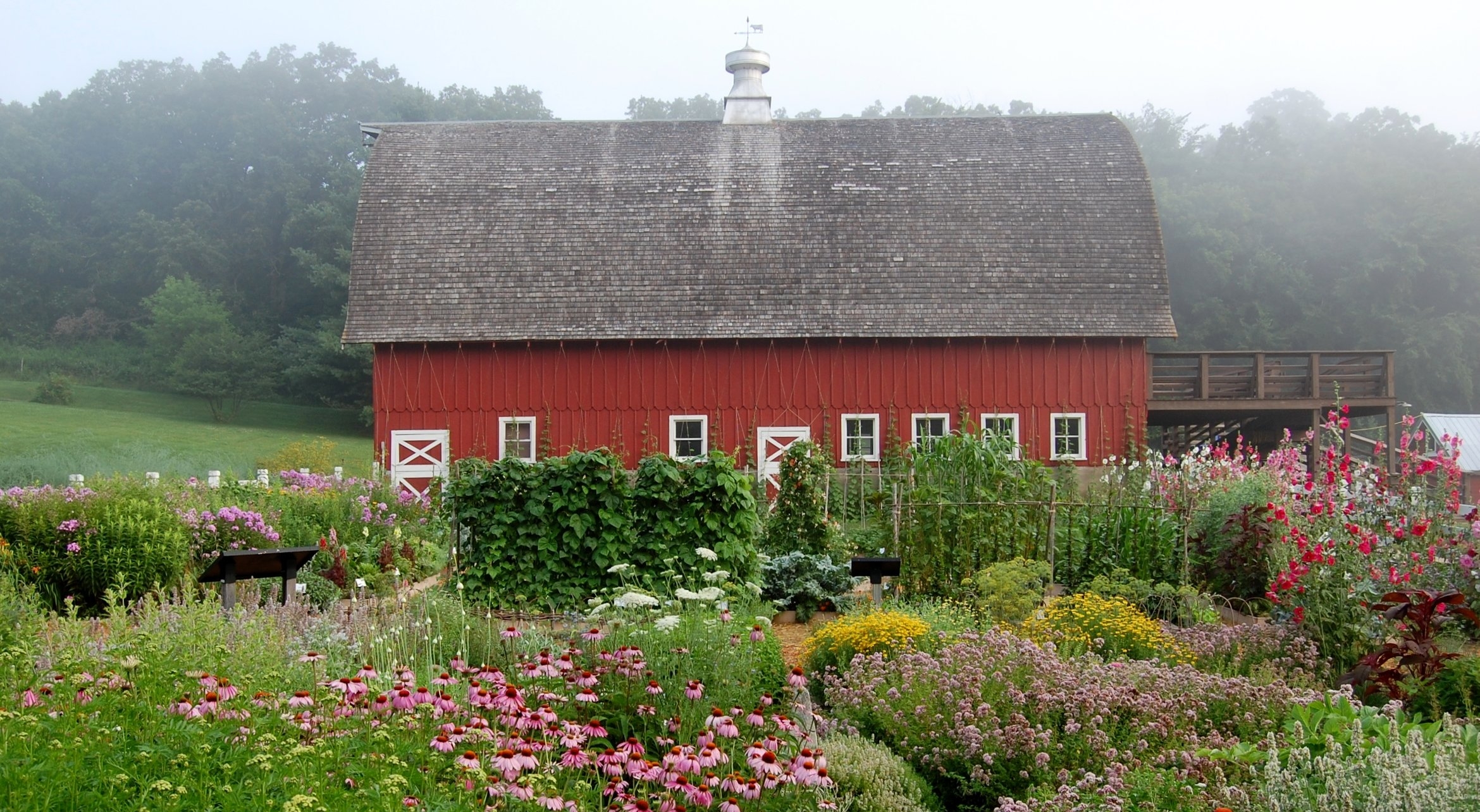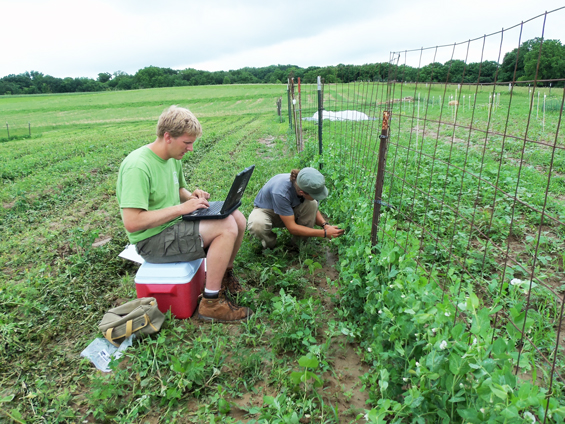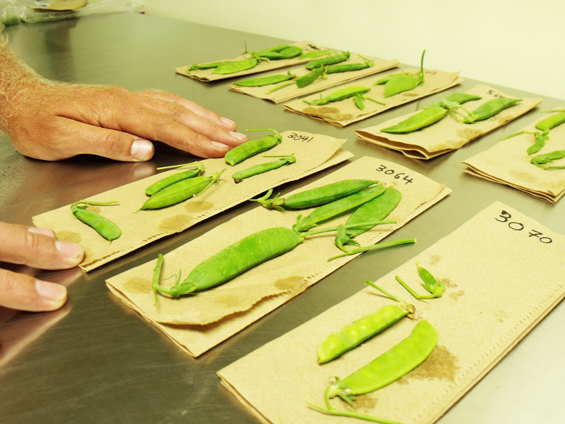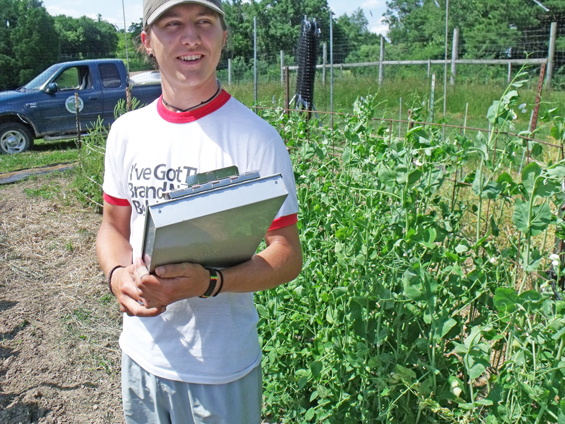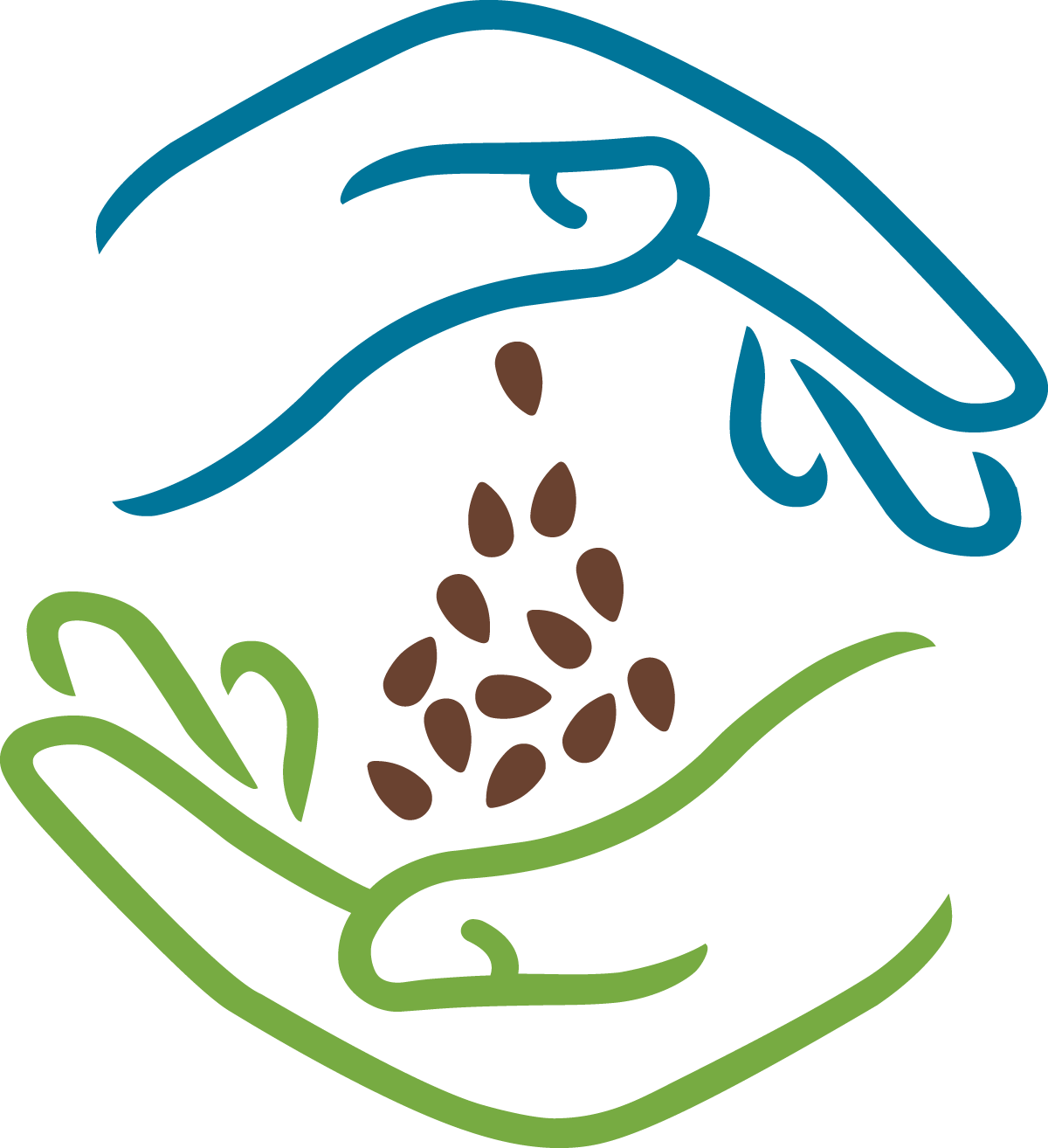Behind the scenes of the 6th Annual Tomato Tasting and Seed Saving Workshop
/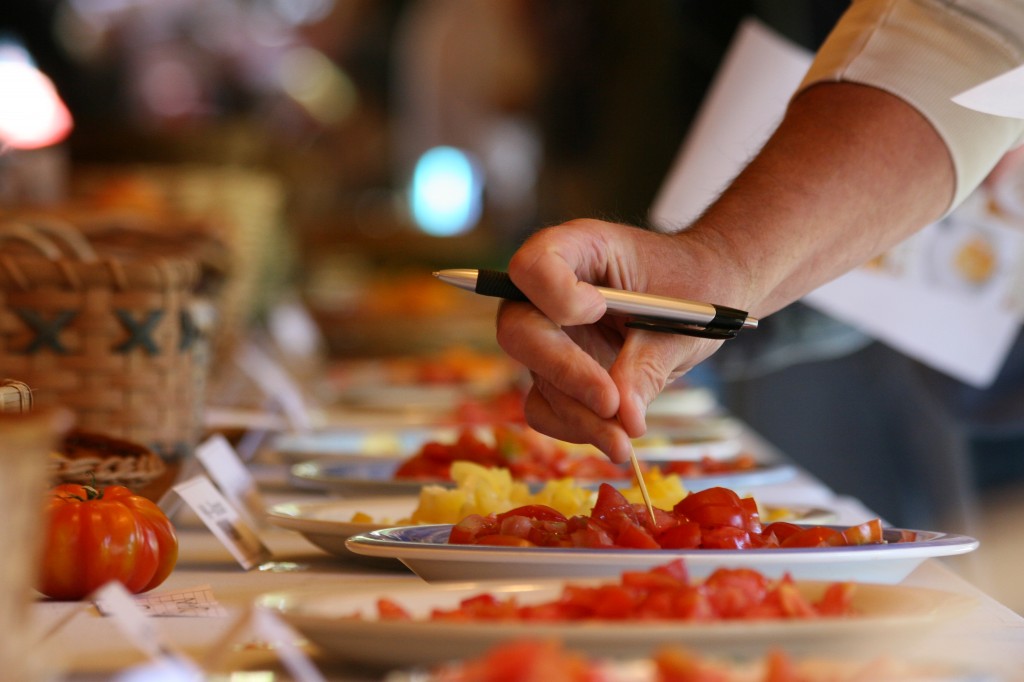 Ok, we have a secret; it’s in the public’s best interest that we come clean with this information. We at Seed Savers Exchange have ulterior motives behind the upcoming Tomato Tasting and Seed Saving Workshop at Heritage Farm on September 3rd.
Ok, we have a secret; it’s in the public’s best interest that we come clean with this information. We at Seed Savers Exchange have ulterior motives behind the upcoming Tomato Tasting and Seed Saving Workshop at Heritage Farm on September 3rd.
If you’ve been to the Tomato Tasting in years past, you know that (on the surface at least) this event is a celebration—a festival of flavors, colors, textures, shapes and sizes. In fact, this year visitors will have a chance to sample 40 to 50 different varieties of heirloom tomatoes, ranging from yellow cherry tomatoes to pink beefsteaks and striped stuffing tomatoes. However, we’ve heard from a reliable informant that there will also be a few “new” varieties in the lineup—that is, varieties not currently offered in the Seed Savers Exchange Catalog—or any seed catalog for that matter. This year’s Tomato Tasting will, in fact, feature a few varieties from the SSE collection. Not only do these “trial” varieties keep regular visitors to our Tomato Tasting on their toes, they also represent a critical aspect of SSE’s preservation work.
Many of the varieties in our collection are rare. Offering them in the catalog is a way of introducing them to the public—and more importantly, the food supply. Here’s how the process of selecting “new” heirloom varieties occurs:
Each year SSE’s Preservation garden crew grows out accessions from our collection to regenerate seed. During this time Preservation staffrecord vegetative characteristics, evaluate the quality and quantity of fruit, and save enough seed to preserve in our long-term storage facilities.
Towards the end of the growing season, SSE staff, local market gardener Eric Sessions, and Board Member David Cavagnaro, tour the preservation gardens looking for stand-out varieties. These stand-out varieties are then grown for further evaluation by the Commercial garden crew the following season.
Here’s an example: ‘Emmy’, show-stopping yellow tomato without any signs of blemish, was grown in 2010. We hoped the history of this variety was as good as the tomato, and then we read the donation letter:
October 20, 2005
Dear Seed Savers Exchange,
My friend Emmy was born in Transylvania which used to belong to Hungary. At the end of WW II she was expelled (she was of German descent) and had to leave her house. As she left in the fall of 1945, she grabbed a tomato, managed to keep it throughout the arduous journey into Germany and kept planting the seeds of her Transylvanian tomato.
I met Emmy in 1978 in Rosenheim, Germany and when we left in 1979, Emmy gave me some seeds of her Transylvanian tomato. I have planted this tomato every year, first in Eugene, Oregon and then in Tigard, Oregon. The tomato is yellow, does not grow very large (at least in my garden) and has a very intensive tomato flavor. If you wish, you may name the tomato Emmy!
- Ernestine Bloomberg
“New" or “trial” varieties making an appearance in this year’s Tomato Tasting include the ‘Strawberry’ as well as the ‘Emmy’ tomatoes, both of which are not currently commercially available. However, with your help, that could soon change. We hope you’ll join the conspiracy by attending this year’s tasting and telling us what you think of each variety. Your opinion, and vote, will help us determine the lineup for future catalog offerings!
Browse tomato varieties from the SSE catalog in our online store Learn more about the SSE Yearbook Learn more about SSE preservation

